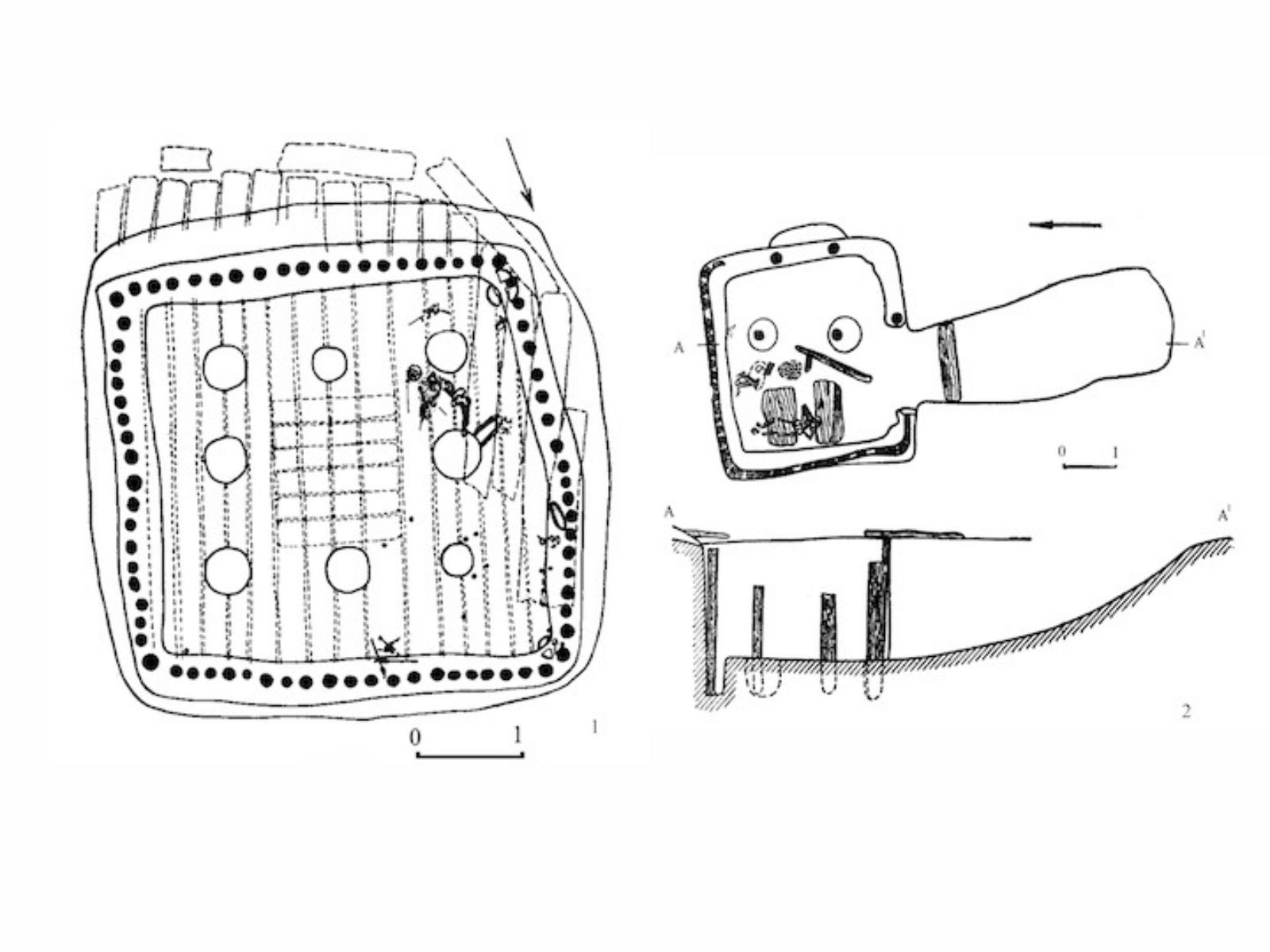
A magyar nyelv ünnepe Délvidéken
Október 26. és 28. között immár ötvenharmadszor szervezte meg az adai Szarvas Gábor Nyelvművelő Egyesület a Szarvas Gábor Nyelvművelő Napokat, általános és középiskolásoknak szóló anyanyelvi versenyekkel, tudományos tanácskozással.
Honfoglalás és kora Árpád-kori ékszereink II.
A honfoglalás és kora Árpád-kor jellemző ékszertípusait bemutató sorozatunk második részében a foglalattal ellátott gyűrűk másik nagyobb csoportját, a filigrán és/vagy granulált díszítésű, egyszerűbb változataikként pedig az ilyen díszítést utánzó, de egészében öntött technikai megoldással készült gyűrűket mutatjuk be.
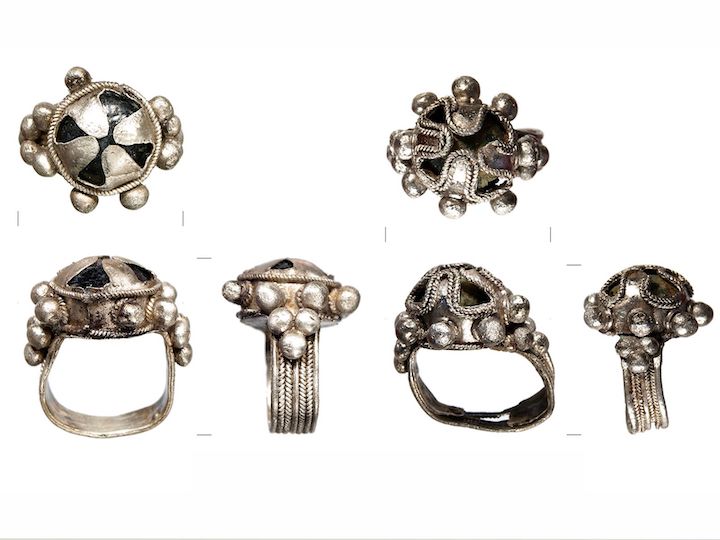
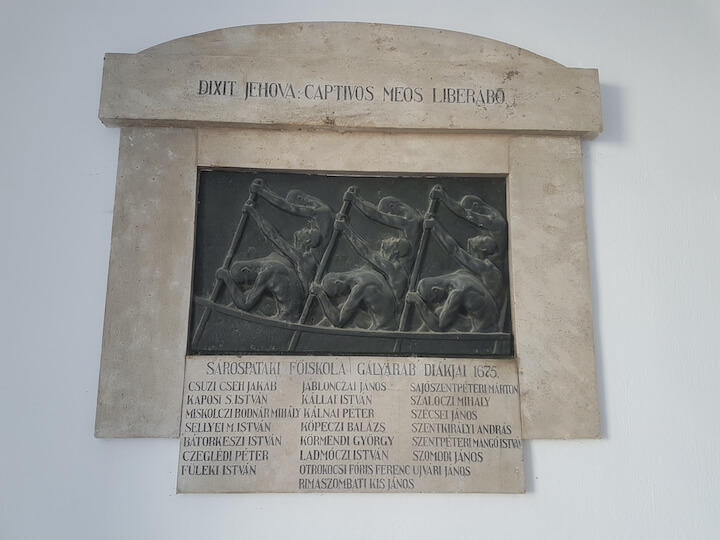
Protestáns hitvallóink – a gályarab-prédikátorok
Október 31-e a reformáció ünnepe. Ezen a napon arról emlékezünk meg, hogy Luther Márton Ágoston-rendi szerzetes 1517. október 31-én tűzte ki 95 tételét a wittenbergi vártemplom kapujára.
„Ide, magyar. Itt a zászlód, itt dögölj meg!” A schwechati csata, 1848. október 30.
Az 1848. szeptember 29-én megvívott pákozdi csatát követően megkötött háromnapos fegyverszünet alatt báró Josip Jelačić altábornagy sietve visszavonult Székesfehérvár környékéről, és Mosonnál vert tábort, hogy bevárja az északról és Bécsből érkező csapaterősítéseket.
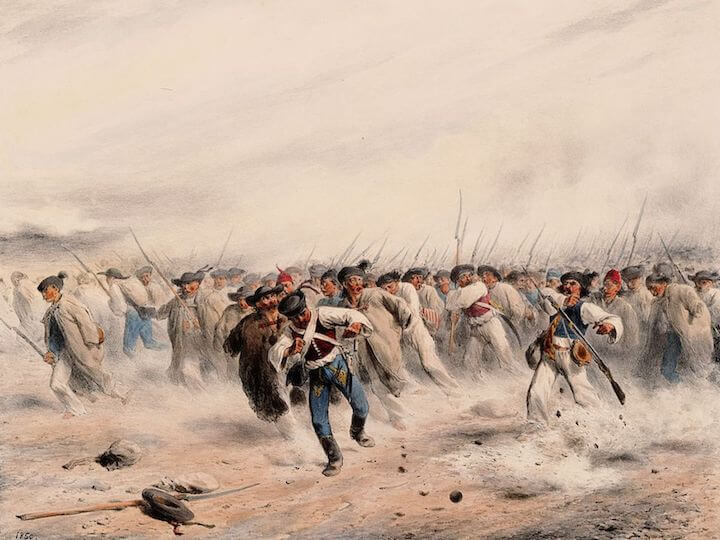
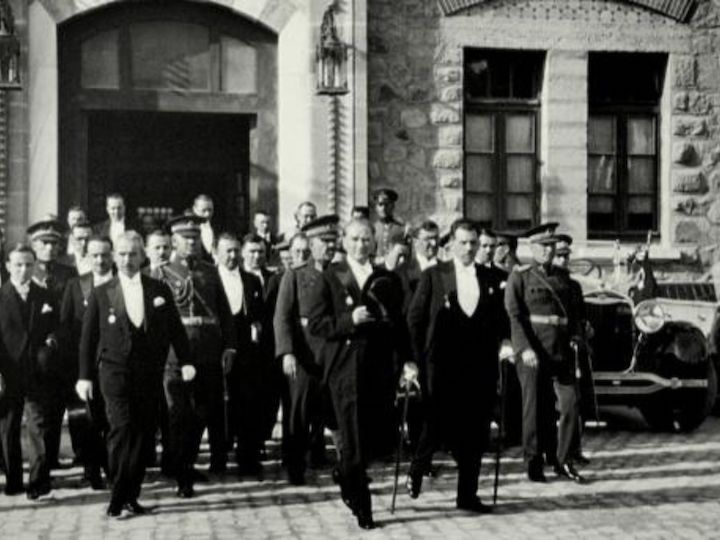
Az egyiknek sikerül, a másiknak nem… – 100 évvel ezelőtt, a „területmentő” Kemal Atatürk vezetésével jött létre a Török Köztársaság
Törökország vesztes országként fejezte be az I. világháborút. Az elvesztett háborút lezáró sèvres-i békeszerződés ellen azonban a törökök katonai ellenállást szerveztek. Nem véletlenül, hisz a békeszerződés értelmében az Oszmán Birodalom területének körülbelül a háromnegyedét vesztette volna el, amely még a Magyar Királyságra mért csapásnál is súlyosabb lett volna.
A Selyemút homokba temetett városainak kiásója
Nyolcvan évvel ezelőtt október 26-án [egyes források szerint 28-án] hunyt el Kabulban a világhírű régész, orientalista, Stein Márk Aurél, aki az egykori Selyemút térségének geográfiai leírásával, régészeti feltárásával, továbbá hatalmas mennyiségű keleti kézirat feldolgozásával szerzett magának elismerést.
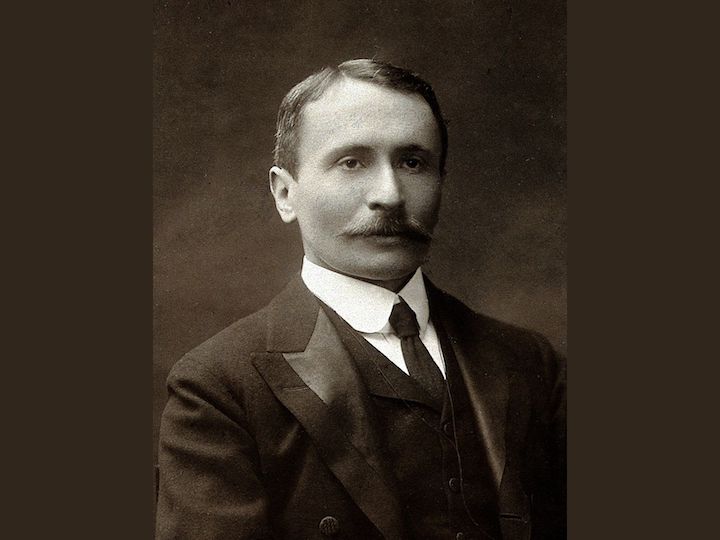
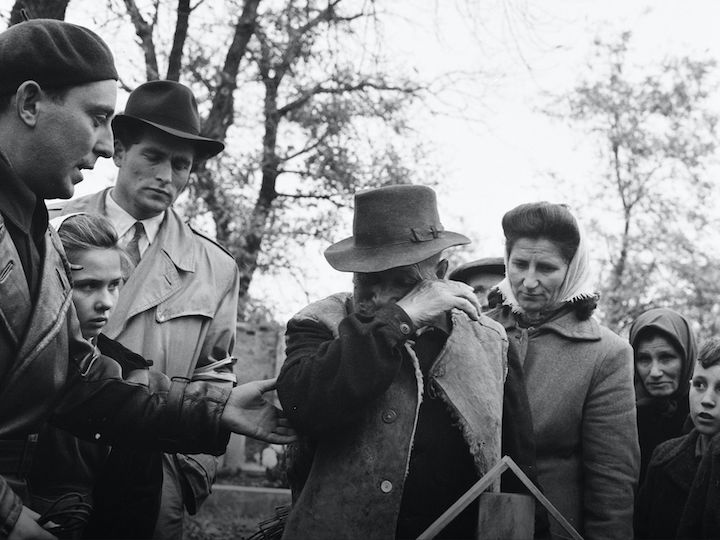
Vérfürdő a nyugati határon
1956. október 26-án dördült el a forradalom egyik legtöbb áldozatot követelő sortüze Mosonmagyaróváron.
Sürgető kérdések a kisebbségi nyelvpolitikában
A Magyarságkutató Intézet Nyelvtervezési Kutatóközpontjának tudományos munkatársa, Dr. Jánk István és tudományos segédmunkatársa, Rási Szilvia a közelmúltban publikált tanulmányában a kisebbségi helyzetben élő, határon túli magyarok nyelvi, nyelvpolitikai kérdéseivel foglalkozik.
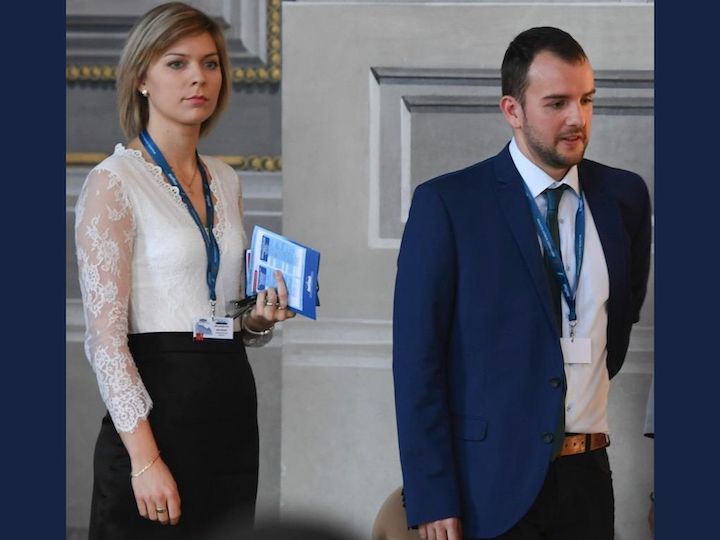
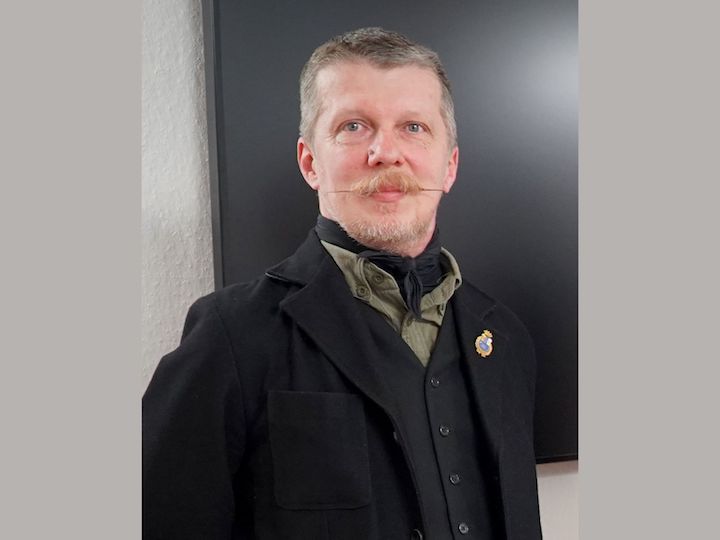
Kossuth Lajos táborában
A Magyarságkutató Intézet munkatársa, Babucs Zoltán hadtörténész volt az előadója a Csemadok Pozsony-Óvárosi alapszervezete által megrendezett minapi estnek.
A Kaukázus, a kelet-európai sztyeppe és Közép-Európa preszkíta és kora szkíta kora és kulturális kapcsolatai
1958. október 24-én a csecsenföldi Groznijban született Szergej Vlagyimirovics Mahortyh, a Kaukázus és a kelet-európai sztyeppe preszkíta és kora szkíta korának, a kimmerek és szkíták történetének és régészeti emlékeinek egyik jelenleg is élő, elismert kutatója.
